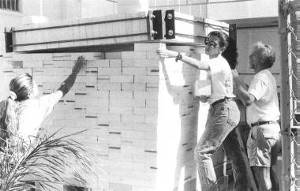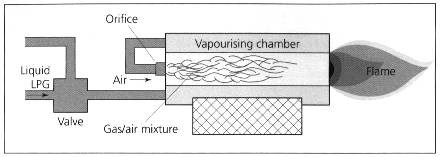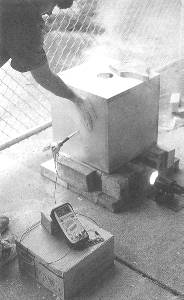
|
Nils Lou
The Art of Firing Designing, building and trouble shooting kilns 96 Pages, B&W and color images, size 7-1/2 x 10 inches |
|
Review
by Jock Dempsey
Published by: A & C Black, London and in the US by Gentle Breeze Oviedo, Florida Price £14.99 UK - $24.95 US ISBN 1-889-25011-2 Available from potter's suppliers. Links
| ||||||||





